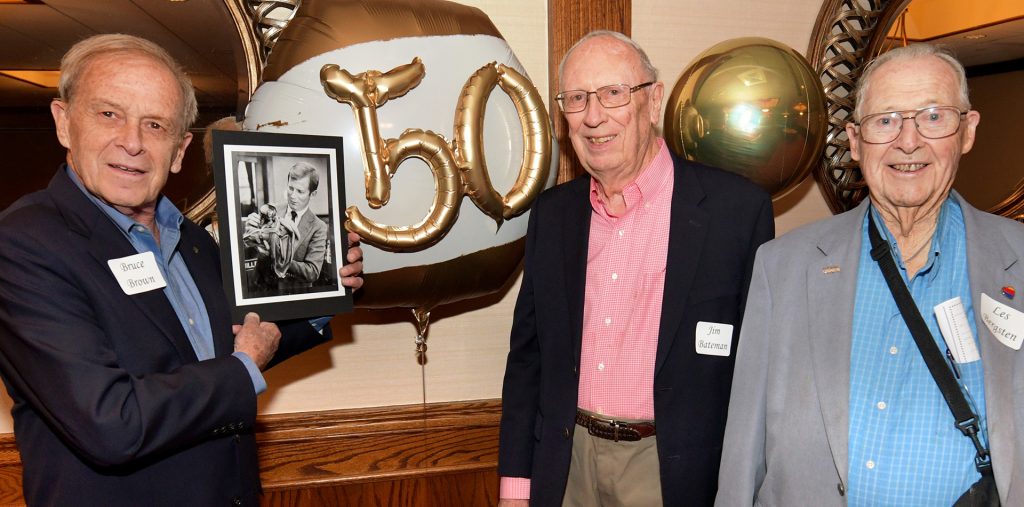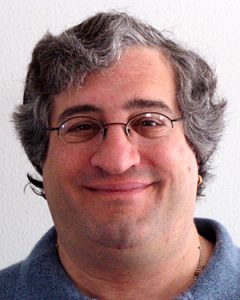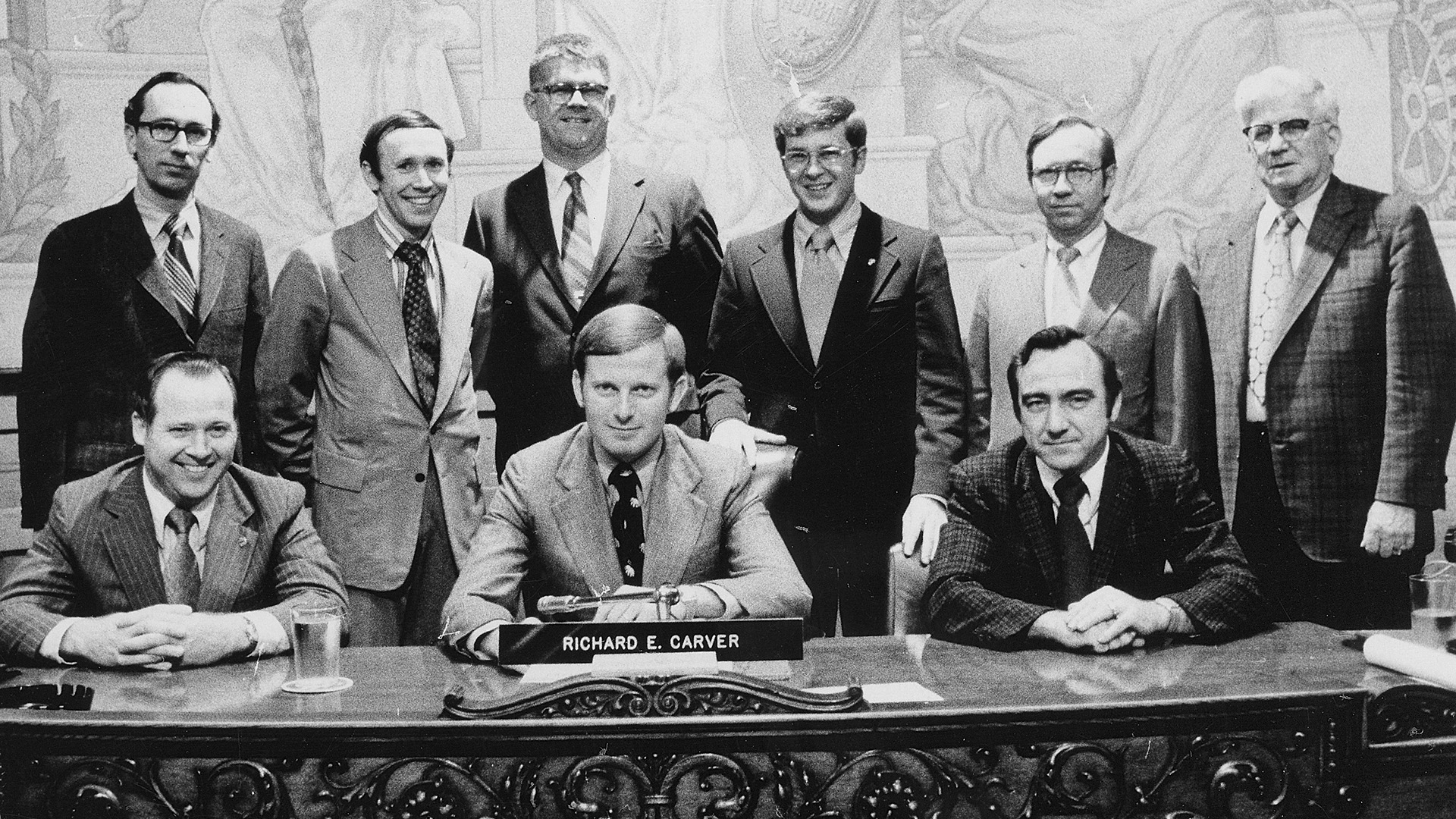The most ambitious Peoria City Council in modern times holds a 50-year reunion … and mourns the loss of its leader
Exactly 50 years after they were sworn into office, three of the four remaining members of the 1973 Peoria City Council gathered for a reunion recently in Peoria.
Former Mayor Dick Carver, the leader of arguably the most active and ambitious council in modern Peoria history, wasn’t at the Lariat Steakhouse on May 1.
“He so desperately wanted to come to the reunion. He had so much respect for the other members of the council,” said Kathy Binau, Carver’s daughter.

Sadly, Carver died just a few days later, on May 5, at his home in Sarasota, Florida. He was 85. His wife Judith died in January.
Now Les Bergsten, Jim Bateman and Bruce Brown are the lone living members of “Carver’s Council,” a group of nine young visionaries who transformed the city for a dozen years starting in 1973. The others were Tom Dunne, Joe Mudd, Richard Neumiller, Frank Renner and Warren Reynolds.
Getting the gang back together
The 50-year reunion was the ’73 council’s fifth, starting with the 30th and continuing every five years thereafter. Bergsten organized all of them.
“I organize the reunions because we really enjoy them. And it has been great to see all the media members who stop by each year,” he said.
Carver was Peoria’s mayor from 1973-84. Those who served with him on the council said it was his leadership that paved the way for all of City Hall’s accomplishments, including the construction of the Civic Center — the 11,000-seat arena there bears his name — along with the respect they had for one another.
“Dick Carver was a visionary,” Bateman said. “Some visionaries can’t get things done, but Dick knew how to do it. That was his magic.
“He needed a council that supported him and worked well together, and he had that. In my 12 years on the council, I never experienced any politics. And nobody ever disputed the intent of those on the other side on an issue. It was assumed they wanted what was best for the city.”
Bateman said Carver knew what every council member was thinking on every issue: “He was never surprised by a vote.”
Carver especially wanted to talk with council members who opposed a proposal that he supported, said Bergsten. He always wanted to know why.
“If he heard a good point, he’d make a change,” Bergsten said.
Brown said council members sometimes had debates and divisions that became heated, “but we accomplished things because of our personal relationships. And, we had mitigators who helped keep things calm.
“We just had a 50th reunion. Have you heard of another elected body that holds reunions?”
After losing the mayor’s race to Carver in 1981 — after initially winning the mayoral primary — Brown again ran for Peoria mayor in 2005. Carver offered him this sage advice should he win:
“One, give every council member something to do. Two, let them take credit for it. Three, don’t let them know you’re doing the first two,” Brown said. “That’s leadership in a nutshell.”
A business perspective
As president of Carver Lumber Company and a director of Provident Federal Savings & Loan Association in Peoria, Carver brought a business acumen to the council, said Bergsten.
“Dick knew that if he wanted to get something done, he needed the support of all the major players,” Bateman said. “On the Civic Center project, that meant business and labor, for example. Everyone got something. They may not have gotten everything they wanted, but they got something.”
Bergsten said he initially opposed the construction of the Civic Center because he worried that taxpayers would be stuck with the bill if the facility failed.
“I wanted the bond holders to be responsible if that happened, not the taxpayers,” he said. That requirement became part of the Civic Center project, which passed by a slim 5-4 vote. Interestingly, Carver cast one of the no votes.
“Dick made a campaign promise that he wouldn’t support a civic center, and he kept his promise,” Bateman said. “But he made sure he had enough votes so it passed.”
“A once-in-a-generation group”
David Leitch, who said Carver was like a brother to him, covered “Carver’s Council” as a reporter for the Peoria Journal Star and later worked with that body as a member of the private Downtown Development Council (DDC), which was determined to turn Peoria into the capital of downstate Illinois.
“Dick did a great job marshaling the troops when it was needed,” said Leitch, who would go on to become a state legislator. “This council was unique. It was a once-in-a generation group. It was forward thinking and eager to make things happen. And it got to work with a united business community. That was an extremely powerful duo.”
Binau, who now calls Wisconsin home, watched her father in action and saw his leadership.
“Everything in life is a group project,” she said. “It’s all about collaboration.”
Up to the formidable task before them
Downtown Peoria was becoming a ghost town in 1973 as retail had moved into malls on the city’s fringes, but Carver and his colleagues were not intimidated by the challenges.
“They made some difficult decisions,” Binau said. “They voted for an entertainment/restaurant tax that was unheard of for that era.”
The urban renewal plan the council created included much more than the Civic Center, the centerpiece of downtown revival, which opened in 1982. The council also brought the University of Illinois College of Medicine downtown, started the Campustown and Southtown projects, and planted the seeds for riverfront development.
The group also initiated construction of new facilities for fire training, public works and police, brought in private sector experts to advise department heads on cost control, oversaw large fire training classes that included minorities and the first women, and annually passed a fully funded budget.
Taking life’s next steps
Carver stepped down as mayor in 1984, three years into his third four-year term, to become assistant secretary of the U.S. Air Force under President Ronald Reagan. After living and working in the Washington, D.C. area for many years, retirement took him and his wife to Florida.
Bergsten, 93, who served on the council from 1973-93, is a Caterpillar Inc. retiree and a retired military man with 37 years in the Air Force. He served in the Air Force reserves and was the Air Force Academy liaison for the area.
Brown, 75, who at 25 was the second-youngest person ever to earn a seat on the council, served around the City Hall horseshoe from 1973-81. He is the longtime owner and chef of Paparazzi restaurant in Peoria Heights.
“I remember speaking at the swearing in (May 1, 1973) and saying, ‘How shall I be at 75 if I should survive?’ I now know the answer,” Brown said.
Bateman, 90, who served on the council from 1973-85, also is a Caterpillar retiree. He and his wife now call the Chillicothe area home.





